Tired
Well-known member

These are all from a scrubby area on an exotic game ranch- antelope and the like. Uvalde County, which is one county over from Mexico. Lots of bird activity! I got a good thirty-seven species. I have a few I need additional opinions on.
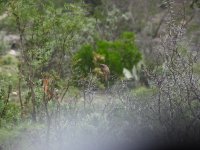
1: Female or juvenile Vermillion Flycatcher, maybe?
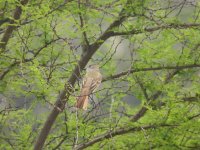
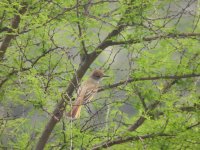
2: Any pointers on which Myiarchus flycatcher?
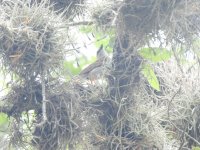
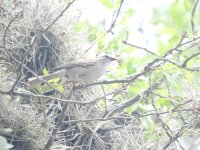
3: This one, I don't know. I thought sparrow at first, but it looks odd to me. Any thoughts?

1: Female or juvenile Vermillion Flycatcher, maybe?


2: Any pointers on which Myiarchus flycatcher?


3: This one, I don't know. I thought sparrow at first, but it looks odd to me. Any thoughts?



